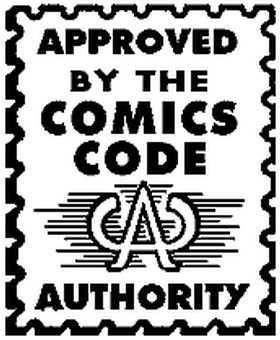The Golden Age of Superheroes
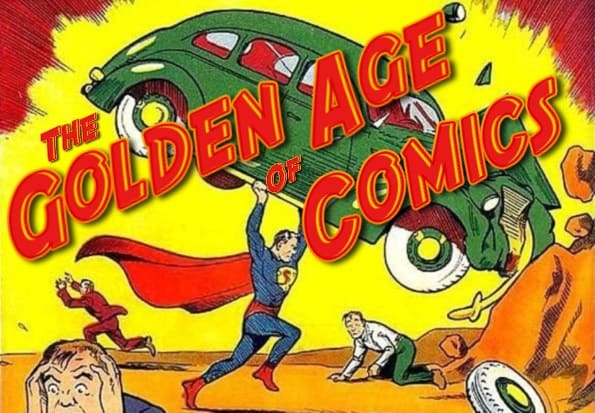
March 23, 2020
Superheroes have become an entertainment empire in the past two decades, ever since the release of the first Sam Raimi Spiderman in 2002, and the start of the Marvel Cinematic Universe. However, superheroes started off as popular comic book characters. We all know this, even if we don’t read comics and just watch the movies. Yet it still makes you wonder about the history of comic books. So if you’ve ever wondered about comics history, these next series of articles will be exactly what you’re looking for!
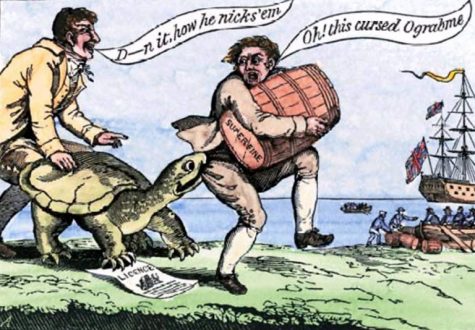 If you’ve ever been in a history class then you know as a fact that comics have been around for far longer than many people believe, basically since the beginning of printed newspapers. Originally these single-panel comics were called ‘Political Cartoons’ and they are exactly what you think they are. They were single panel pictures often published in newspapers that have some sort of political meaning. For example, the picture above is one of the most famous political cartoons in American history, and it is a commentary on the Embargo Act of 1807. Then comic material took a turn with The Yellow Kid in McFadden’s Flats in 1897 (considered to be the first comic book), and The Funnies in the late 1920s.
If you’ve ever been in a history class then you know as a fact that comics have been around for far longer than many people believe, basically since the beginning of printed newspapers. Originally these single-panel comics were called ‘Political Cartoons’ and they are exactly what you think they are. They were single panel pictures often published in newspapers that have some sort of political meaning. For example, the picture above is one of the most famous political cartoons in American history, and it is a commentary on the Embargo Act of 1807. Then comic material took a turn with The Yellow Kid in McFadden’s Flats in 1897 (considered to be the first comic book), and The Funnies in the late 1920s. 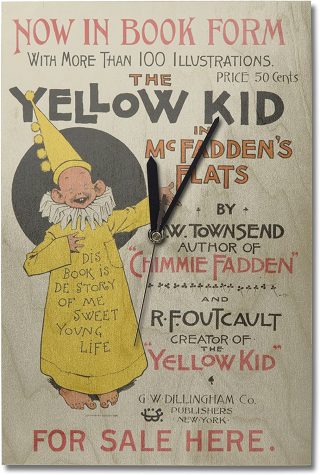 They were both short collections of comic strips, and with their respective releases, suddenly comics could be about anything, be multiple panels long, not be politically charged and have original characters. While most of the comic strips have been lost to time, some of the few survivors include Tintin by Herge, Popeye, and Tarzan. This helped separate comics from newspapers and magazines, allowing them to stand on their own. However, comics wouldn’t boom until the 1930s due to the Great Depression, and the birth of superheroes.
They were both short collections of comic strips, and with their respective releases, suddenly comics could be about anything, be multiple panels long, not be politically charged and have original characters. While most of the comic strips have been lost to time, some of the few survivors include Tintin by Herge, Popeye, and Tarzan. This helped separate comics from newspapers and magazines, allowing them to stand on their own. However, comics wouldn’t boom until the 1930s due to the Great Depression, and the birth of superheroes.
While comics aren’t as popular as movies or animation in our modern world, per se, comics have helped shape, and serve as a reflection of, US history. They are a part of our culture, and it all started in 1938 with the Golden Age of Comics.
The Golden Age of Comics (1938-1950)
Just about everyone who has ever studied comic books, or has any right to say anything about the history of comics, agrees that the Golden Age started in 1938, exactly a year after the publication of the Detective Comics series. This single comic book series would change the comic industry forever. Detective Comics would come to be DC’s namesake, and it would later introduce future legendary characters, including Batman, Robin, Batgirl and the Green Arrow. Above all, it introduced Slam Bradley, the character that would later inspire Superman.
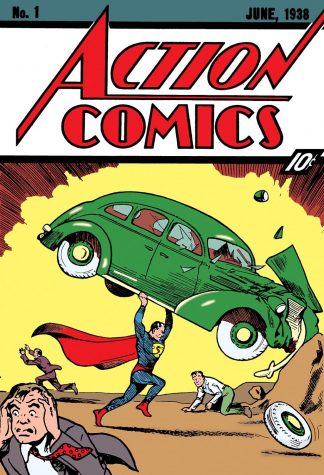 Superman is the Golden Age of comics, that is a fact. The minute his debut comic, Action Comics #1, hit the shelves the Golden Age had started. The comic took the world by storm and was an instant hit among the American people who were looking for heroes to save them during the Great Depression. Superman to them was the embodiment of hope. The very idea that someone was out there, fighting for the greater good just because it was for the good of others was inspiring. That’s how he became so beloved in a single issue. But, above all, this era dictates the height of the comic book’s popularity. While today comics sell roughly 100,000 comics monthly, back then they were selling 1.5 million copies a month.
Superman is the Golden Age of comics, that is a fact. The minute his debut comic, Action Comics #1, hit the shelves the Golden Age had started. The comic took the world by storm and was an instant hit among the American people who were looking for heroes to save them during the Great Depression. Superman to them was the embodiment of hope. The very idea that someone was out there, fighting for the greater good just because it was for the good of others was inspiring. That’s how he became so beloved in a single issue. But, above all, this era dictates the height of the comic book’s popularity. While today comics sell roughly 100,000 comics monthly, back then they were selling 1.5 million copies a month.
 Other comic artists took notice of this idea of hope people were looking for; this wish for superheroes to come and save the day. They quickly got to work cashing in on the idea. Within less than a year of Superman’s debut, comic giants would follow in his footsteps, like Batman in the 27th issue of Detective Comics, and the publication of the first very first Marvel Comics series, which would come to include famous characters like the Human Torch and Angel. Then, in the 40’s characters like DC’s Green Lantern, Wonder Women and the first version of the Flash would be created and rise in popularity. Meanwhile, on the Marvel side, Captain Marvel and Captain America were also born in the 40s, the latter created as a direct result of WWII. In fact, in Captain America’s first comic book he was seen fighting Hitler.
Other comic artists took notice of this idea of hope people were looking for; this wish for superheroes to come and save the day. They quickly got to work cashing in on the idea. Within less than a year of Superman’s debut, comic giants would follow in his footsteps, like Batman in the 27th issue of Detective Comics, and the publication of the first very first Marvel Comics series, which would come to include famous characters like the Human Torch and Angel. Then, in the 40’s characters like DC’s Green Lantern, Wonder Women and the first version of the Flash would be created and rise in popularity. Meanwhile, on the Marvel side, Captain Marvel and Captain America were also born in the 40s, the latter created as a direct result of WWII. In fact, in Captain America’s first comic book he was seen fighting Hitler.
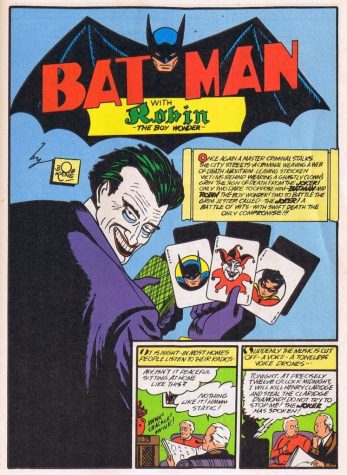
Now while it’s safe to assume that superhero comics back then were just silly, campy stories, they actually weren’t afraid to go into some dark territories. While many of the heroes were virtuous and somewhat bland by today’s standards, the villains they faced were anything but. Supervillains were known for killing dozens of people in only a handful of issues. The Joker, for example, would announce on live television that he was going to kill x, y, and z person and within 24 hours he just did it. Supervillains were pure evil simply for the sake of evil and it was wonderful. They didn’t have a reason for being murderers or criminals, they just were because. Now, there was an actual reason for this, and it, of course, circles back to the idea that people were looking for grand symbols of hope, and this further helped the Good VS. Evil mentality of this era.
Sadly, this borderline glorification of gore, violence, and murder prompted legislators to begin to criticize comics, claiming that they helped cause ‘juvenile delinquency’. Combine this with the end of WWII, a decline in sales, and the cancellation of many superhero comics. With only Superman, Batman and Wonder Woman continuing, the Golden Age of comics was coming to an end. From here on out, the eras would be defined by the use of the “Comics Code”.